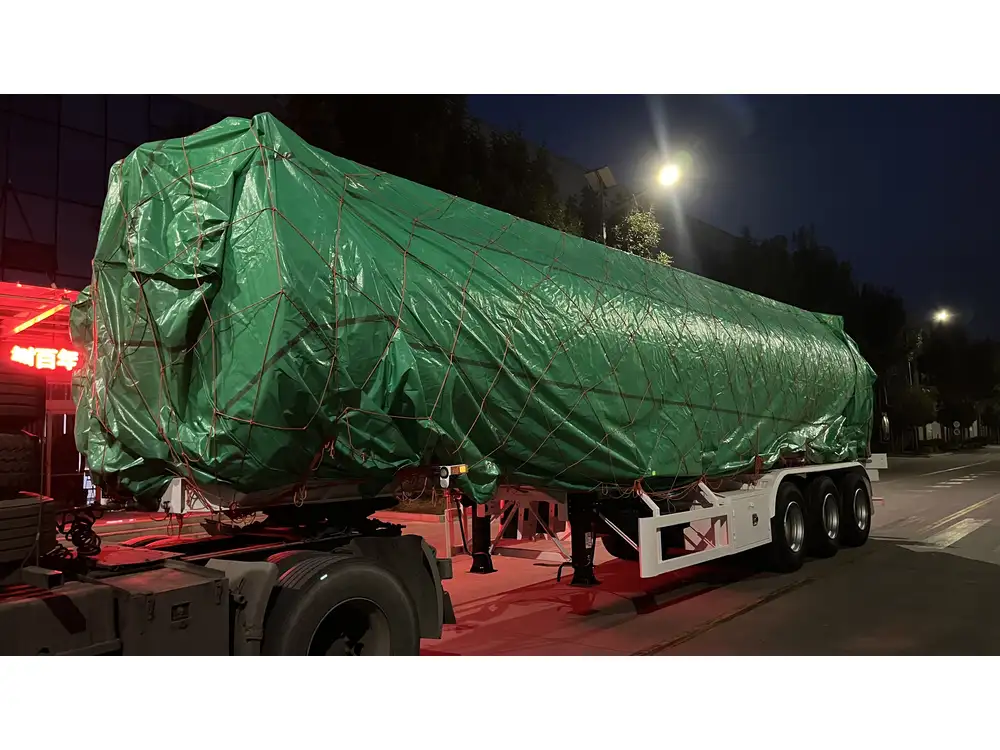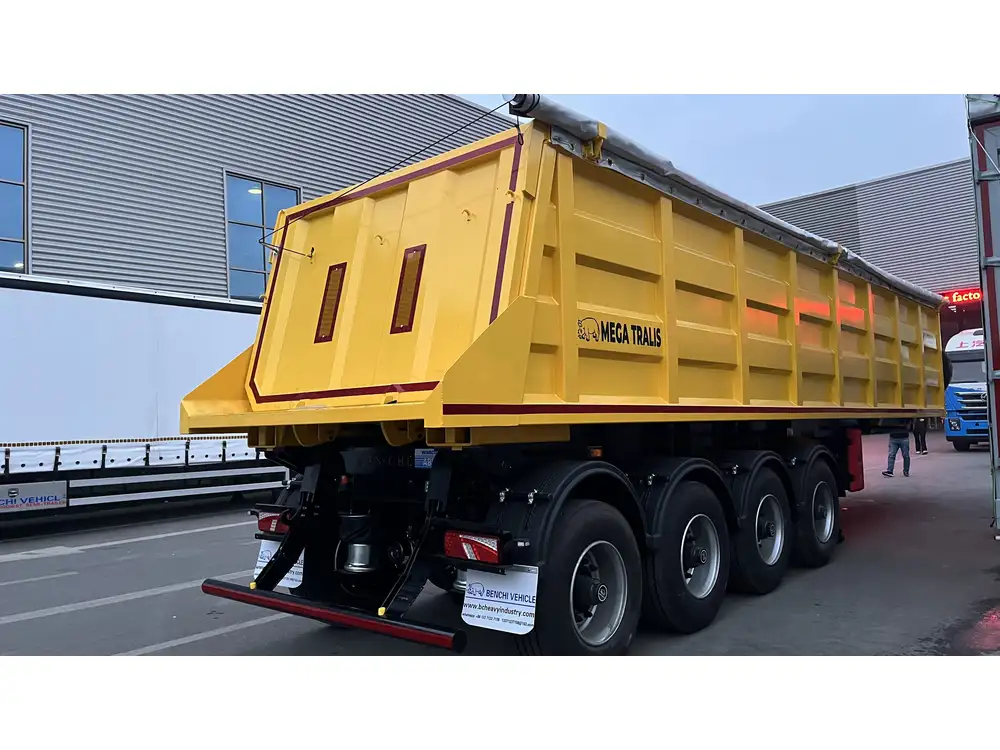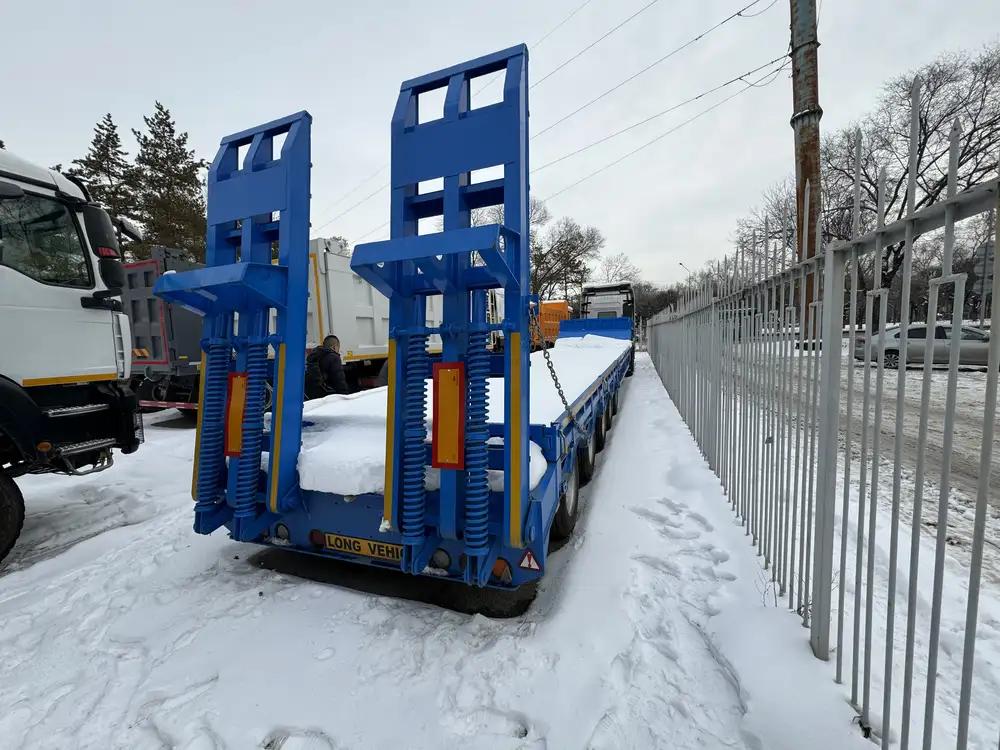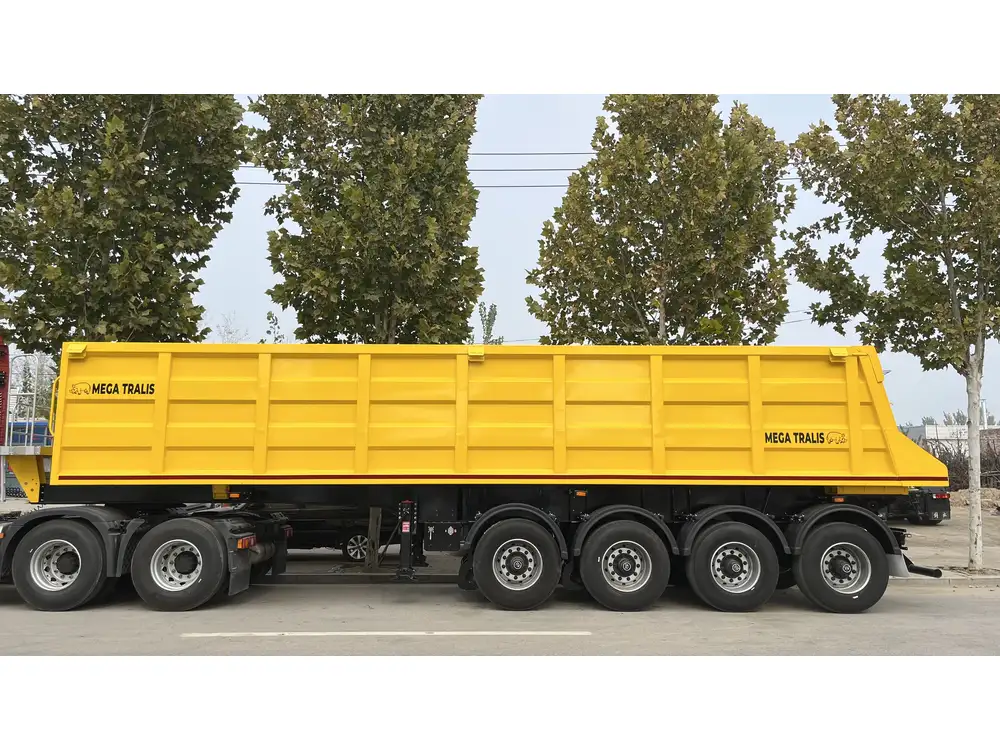In the expansive world of freight transportation, the semi-trailer plays a pivotal role. Its dimensions, particularly height, are critical for ensuring compliance with regulations, optimizing cargo space, and enhancing operational efficiency. In this article, we delve deep into the standard heights of semi-trailers, factors influencing these measurements, and pertinent considerations for manufacturers and drivers alike.
What is a Standard Semi-Trailer Height?
The standard height of a semi-trailer predominantly hinges on regulatory frameworks and design specifications. In North America, the typical height for a standard semi-trailer ranges from 13 feet 6 inches (about 4.1 meters) to 14 feet (approximately 4.27 meters). These measurements form the baseline for most trailers employed in general freight transportation.
Vertical Clearance Regulations
The Federal Motor Carrier Safety Administration (FMCSA) mandates that vehicles and their loads must not exceed height limits set by state regulations. Below is a succinct overview of height regulations across various states:
| State | Standard Maximum Height | Notes |
|---|---|---|
| California | 14 feet | Some cities may have lower limits |
| Texas | 14 feet | Height is inclusive of cargo |
| Florida | 13 feet 6 inches | Local regulations may vary |
| New York | 13 feet 6 inches | Use caution in urban areas |
| Illinois | 13 feet 6 inches | Check specific rail crossings |

Trailer Types and Height Variability
Different types of semi-trailers feature varying heights based on their design and intended use. Below are common types and their specifications:
Standard Dry Van Trailers
Height: Typically 13 feet 6 inches
Purpose: General freight, suitable for a broad range of cargo.Refrigerated Trailers (Reefers)
Height: Usually 13 feet 6 inches (but can reach 14 feet)
Purpose: Designed to transport perishable goods while maintaining temperature.Flatbed Trailers
Height: Generally lower than box trailers, often around 4 feet (1.2 meters) off the ground
Purpose: Carrying heavy, oversized, or non-enclosed loads.Lowboy Trailers
Height: Around 2.5 feet to 3 feet (0.76 to 0.91 meters) with an overall height of up to 14 feet
Purpose: Transporting heavy equipment requiring low ground clearance.
Height Considerations for Different Operations
When determining the appropriate height for a semi-trailer, various operational considerations come into play:
1. Freight Type and Loading Requirements
Different freight types necessitate specific considerations regarding trailer height:
- General Cargo: Standard heights typically suffice.
- Oversized Loads: Special permits may allow for greater heights.
- Temperature-Sensitive Goods: Reefer trailers’ height accommodates refrigeration units.

2. Vehicle Compatibility
It is imperative to consider the tractor unit when assessing height. The combination of the tractor’s height and the trailer’s height should adhere to the maximum allowable height limit.
3. Accessibility and Loading Docks
Loading docks and warehouse facilities often have predetermined clearance heights. The incompatibility between a trailer’s height and dock height can lead to operational setbacks. It is advisable to assess loading dock specifications ahead of time to avoid complications during operations.
4. Roadway Infrastructure
Many regions have specific bridge heights or underpasses, particularly in urban areas. Drivers should remain acutely aware of these factors to prevent accidents or damage. Using route planning tools that account for trailer height can mitigate risks.

Key Takeaways on Semi-Trailer Heights
- Standard Height: 13 feet 6 inches in North America, frequently used across various trailer types.
- Compliance with Regulations: Always confirm local laws and regulations concerning height limits.
- Loading Strategies: Tailor loading procedures based on trailer height and cargo type for optimal safety and efficiency.
- Route Planning: Leverage technology to ensure journeys are predicated upon height clearance research.
Frequently Asked Questions (FAQ)
What is the tallest height for a semi-trailer?
The maximum legal height for a semi-trailer, including cargo, can go up to 14 feet in most states, though it’s critical to check specific state regulations for exceptions.

Do semi-trailers have adjustable heights?
Some semi-trailers, particularly flatbeds, can accommodate adjustable loading heights by using different loading mechanisms, but most boxed styles maintain a uniform height to ensure stability during transit.
How do I measure the height of a semi-trailer accurately?
To measure a semi-trailer’s height:
- Position a level measuring device or tape measure from the ground to the highest point of the trailer.
- Ensure the trailer is parked on a flat, level surface for accuracy.
What should a driver do if they encounter a low bridge?
If a driver anticipates an encounter with a low bridge:
- Approach with caution.
- If unsure of clearance, turn around if possible; if not, consult navigation systems for alternative routes.
- Maintain constant communication with dispatch for rerouting assistance.

Conclusion: Elevating Your Freight Experience with Informed Choices
Understanding the height specifications and regulations surrounding semi-trailers not only ensures adherence to legal requirements but also empowers manufacturers, drivers, and logistics managers to make informed choices. Whether operating refrigerated units, standard dry vans, or specialized trailers, having a solid grasp of height-related parameters can significantly influence operational success and efficiency.
By remaining vigilant about height considerations and maintaining compliance, we can foster safer, more efficient freight transport operations that adeptly meet the demands of our ever-evolving industry. Dive deeper into the intricacies of semi-trailer specifications, learn from seasoned logistics professionals, and elevate your freight journey—ensuring that every load is securely delivered, no matter the height restrictions encountered along the way.



